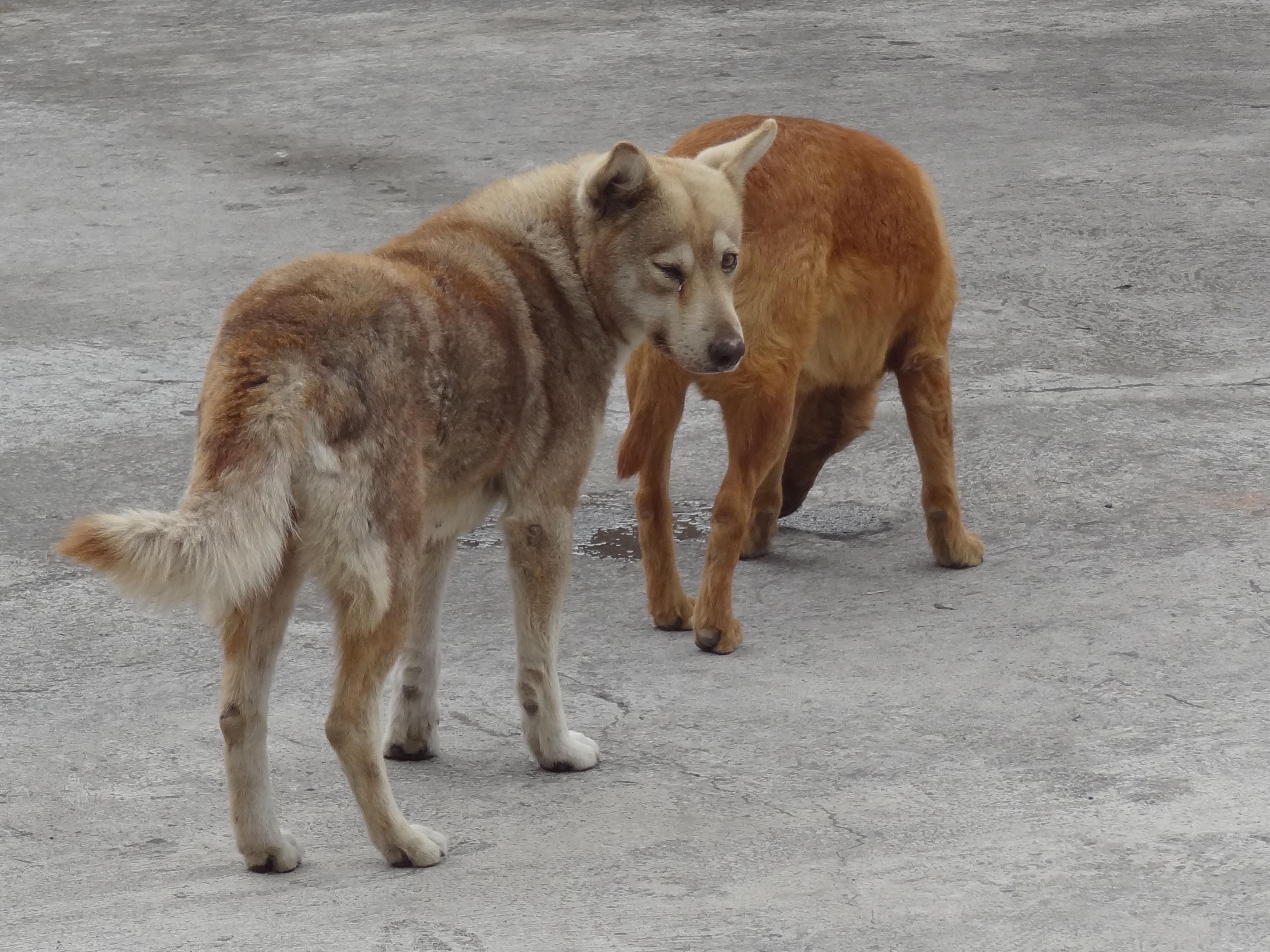
Submitted by Prof. E.P. Murchison on Wed, 23/04/2025 - 12:55
New research from the Transmissible Cancer Group at the Department of Veterinary Medicine, University of Cambridge, has revealed that cancer cells can sometimes take up and integrate DNA from normal cells of the body.
Cancers are usually considered “clones”. This means that cancer cells are believed to carry only the DNA of the original cell that became cancerous in the first place. The idea that cancer cells can take up DNA from other, normal, cells of the body, has been discussed for many years. However, until now, despite a wealth of experimental evidence showing that this can occur under laboratory conditions, there has been no clear evidence for horizontal transfer of nuclear DNA in naturally occurring tumours. This may be because in most cancers, including human cancers, the DNA of the cancer and of the normal cells of the body is closely related. This means that DNA acquired by a cancer through a process of horizontal transfer would be difficult to detect using genetic methods.
Transmissible cancers overcome this difficulty. These are cancers that spread through populations by the physical transfer of living cancer cells. In transmissible cancers, cancer cells themselves become infectious agents. This means that the DNA of cancer cells and normal cells are genetically very different. Kevin Gori, Elizabeth Murchison and colleagues studied the DNA of the canine transmissible venereal tumour (CTVT) for traces of horizontal gene transfer. CTVT is a remarkable cancer that spreads between dogs by the transfer of living cancer cells during mating, manifesting as genital tumours. CTVT first arose as a cancer in a dog that lived several thousand years ago, and has since spread to dog populations around the world. By screening for changes in the frequency of genetic variants, the team found evidence that a nuclear DNA horizontal transfer event occurred in a sublineage of this cancer around 2000 years ago. They inferred that CTVT must have infected an individual ancient Middle Eastern dog around the start of the Common Era. During CTVT growth within the body of this dog, a CTVT cell captured DNA from one of this dog’s own normal cells. The Middle Eastern dog’s DNA was incorporated into the CTVT genome and has persisted there ever since.
This finding shows that cancer is not always a clonal entity, and that it can occasionally take up DNA from cells in its surroundings. This has important implications for human cancer as it implies that genetic variation, which is the raw material of cancer evolution, can sometimes be acquired from other cells. This may, in some cases, prime cancer cells for further malignant evolution.
Image caption: Free roaming street dogs in Ecuador. Image credit: Andrea Strakova.
